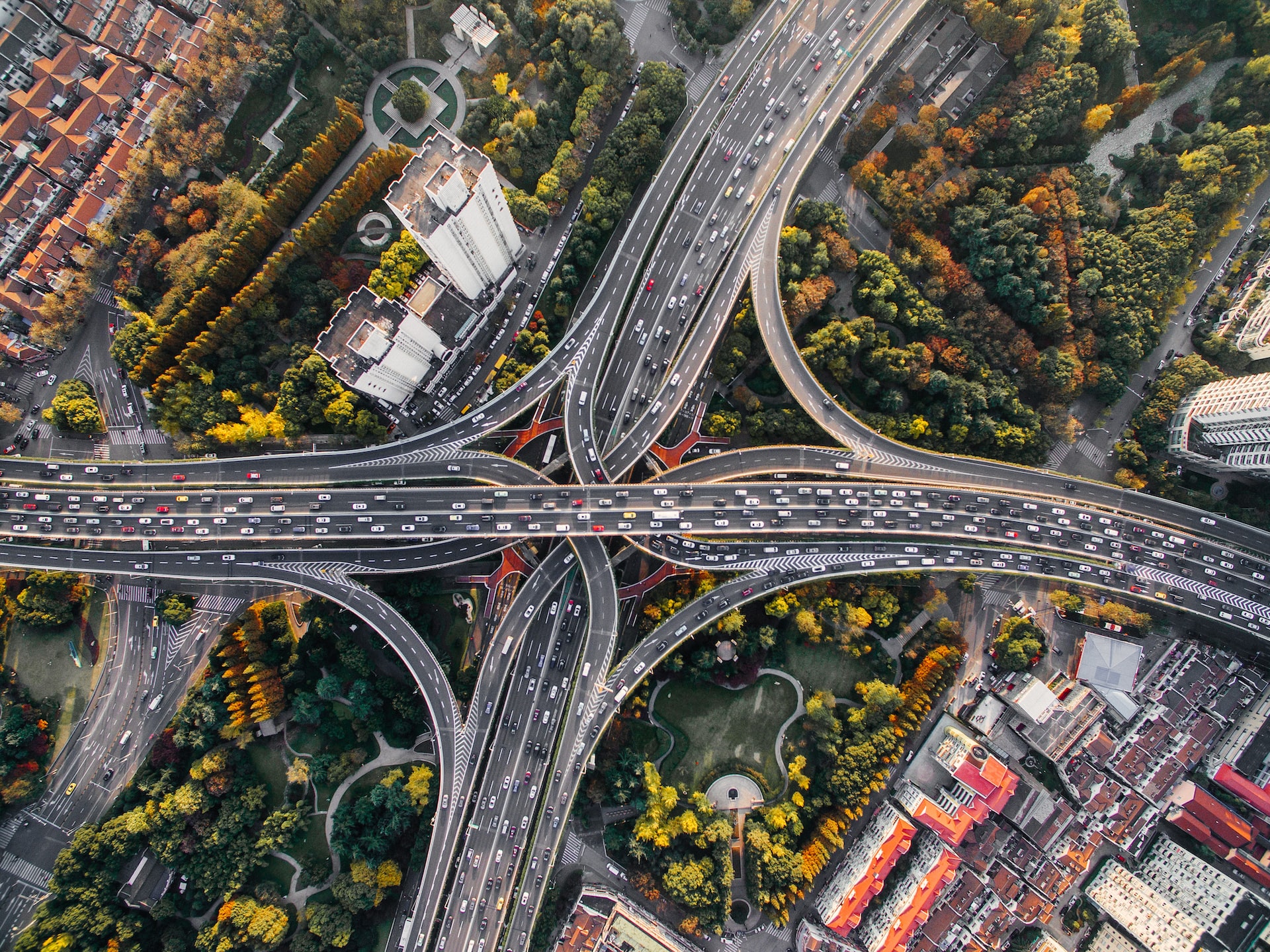Expect to hear a lot more from China regarding hydrogen in 2023. Considering its outsized role in the energy market in terms of both supply and demand, the world’s second-largest economy has had a relatively low profile in the hydrogen industry thus far.
Last year saw the publication of a modest set of targets for green hydrogen production as part of its Medium and Long-Term Plan for the Development of Hydrogen Energy Industry (2021-2035). China’s goal of producing between 100,000 to 200,000 tonnes of hydrogen by 2025 pales in comparison to the EU’s 2024 goal of 1 million tonnes and 10 million tonnes by 2030.
The UK has a 2030 target of 10 GW of low-carbon hydrogen, of which half should be green hydrogen (1 GW equates to approximately 160,000 tonnes of green hydrogen).
Technologically, China is behind Europe and the U.S. when it comes to hydrogen, including electrolysers and fuel-cell technology.
However, short-term national targets aren’t everything. The province of Inner Mongolia, for instance, aims to produce 500,000 tons of green hydrogen a year by 2025.

Pictured: Shanghai, China. Considering its outsized role in the energy market in terms of both supply and demand, the world’s second-largest economy has had a relatively low profile in the hydrogen industry thus far, but that’s about to change.
China has named hydrogen as a strategic “frontier technology” in which it aims to become a global leader. The greening of its hydrogen sector will play second fiddle to broader industry development in the near-term, according to the Mercator Institute for China Studies (MERICS).
China is the world’s largest producer of hydrogen – about 33 million tons a year – for use in chemical, refining and metal industries, so has a ready market for the cleaner variety of H2 as it becomes available. Driven by state decarbonisation goals, China’s embrace of clean hydrogen is expected to accelerate rapidly in the coming years, with 38 GW of electrolyser capacity forecast by 2030.
In the shorter-term, sales of electrolysers are expected to double in 2023 according to manufacturers. Some are already being put to use – the world’s largest green hydrogen project, a 260 MW facility being built in Xinjiang by oil giant Sinopec is due to be completed in June of this year.
So, what does all this mean for the UK and Europe? There have been predictions that the rest of the world will soon be flooded with Chinese electrolysers that are, by some accounts, a quarter of the price of Western equivalents. Similar economics destroyed Europe’s nascent solar-panel industry a decade ago.

The world’s largest green hydrogen project, a 260 MW facility being built in Xinjiang (pictured) by oil giant Sinopec is due to be completed in June of this year.
However, the price gap is expected to narrow in the coming years as Western factories embrace automation, while Chinese prices tend to be higher for exported units. Western brands also claim their products are more reliable and will outlast the Chinese competition.
For European electrolyser manufacturers, Chinese competition may be a concern but for the market as a whole, competition is generally a good thing, pushing down costs. Cheaper electrolysers mean cheaper hydrogen, which ultimately means lower-cost decarbonisation of industries from transport to steel manufacturing to agriculture.
To learn more about Ryze Hydrogen click here.






